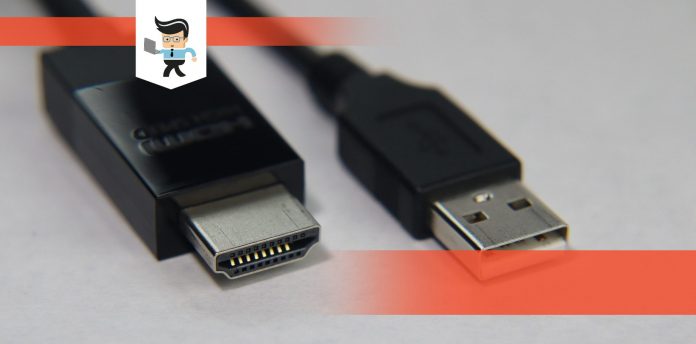Do HDMI cables go bad is one question you’re likely to ask if your cable is old, starts misbehaving out of nowhere, or if you start getting bad video signals and you’re unsure about what the causes are. As durable as these cables may seem to be, they are not 100 percent invincible.
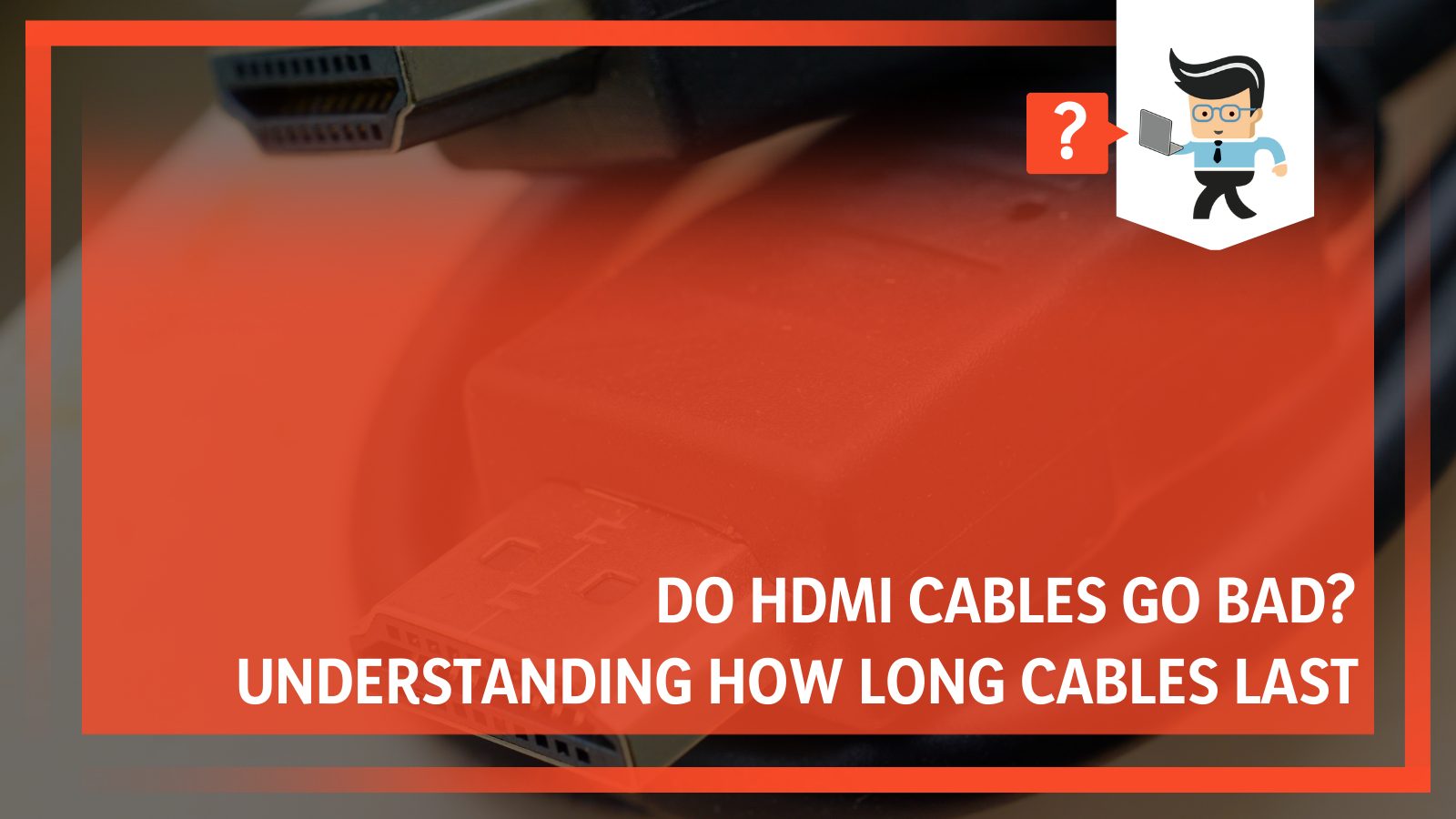
Besides the fact that they degrade with old age, other factors such as external damage and subpar build quality can also cause them to go bad.
In this post, our team will be walking you through the world of HDMI cables, explaining why they go bad and how to tell if you have a bad HDMI cable on your hands.
Contents
Will Your HDMI Cables Go Bad?
Yes, your HDMI cables can go bad for many different reasons including poor quality, external damage, and old age. While these cables are often encased in durable shells, the factors listed here can cause the wires inside the cable to go bad.
Here are the factors that can cause hefty damage to your HDMI cables.
– Poor Quality
One HDMI cable is a pack of 19 different wires soldered to different pins on the HDMI connector. Most of the factories making these cables have their workers manually soldering the wires onto the connector.
Thanks to the small form factor of the connector and the chances of error that comes with manual labor, it’s easy for the soldering process to go wrong. Imagine having one person solder 19 different cables to both sides of your HDMI’s small connector about 200 times a day and you’ll see how easy it is for an error to occur.
The problem here is that the quality assessment for these cables isn’t done manually or extensively. Instead, it’s done automatically, which makes it easy for defective cables to pass the quality assessment test. Some cables may have weak connections but can easily pass their QA at the factory just by triggering the right signal.
Many HDMI cables end up dead on arrival by the time they get to the warehouse, but since they passed their QA, they’ll be shipped off and sold, thereby causing you to believe that you have a weak spot somewhere in your audio or video pin-outs.
– External Factors
External factors can also cause your HDMI cable to go bad. From extreme heat or cold to bends, tears, kinks, and pests eating up your cable, your cable is sure to give out at some point.
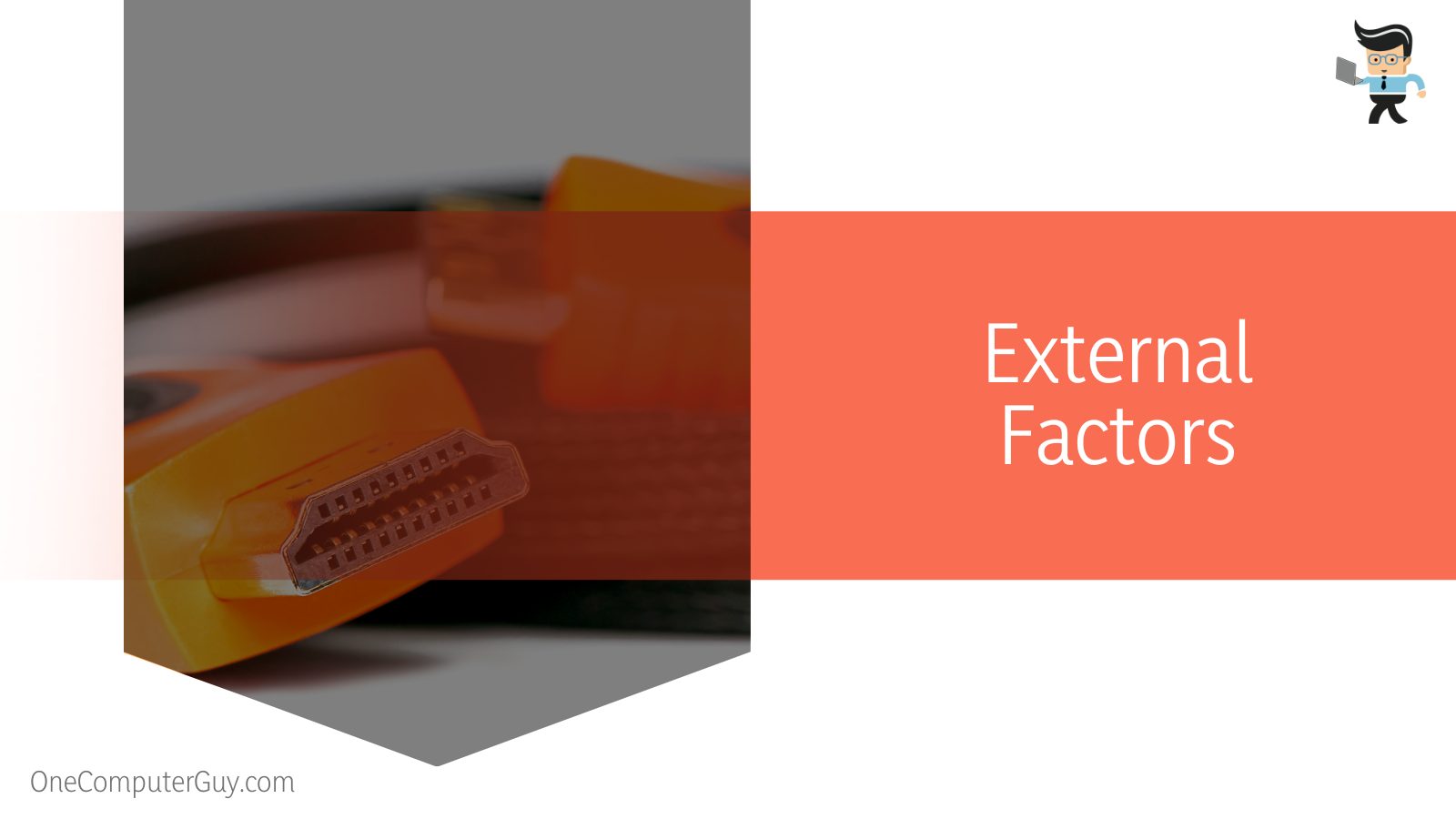
While the cables are more susceptible to physical damage and other external factors, the connectors are prone to damage too. A pin or blade accidentally scratching the inside of your connector can cause it to get damaged, thereby resulting in a faulty cable.
– Old Age and Temperature
Old age is another factor that can cause your HDMI to go bad. As we mentioned earlier, not all cables are properly soldered to their connectors. As time goes on, the weak connections will only grow weaker until the cables become disconnected from the connector pins.
Also, changes in temperature and humidity can cause these weak connections to degrade even faster. The soldering could come off or the wire could become loose, thereby leading the cable to be disconnected from its header.
– Bad Usage
The way you use your high-definition multimedia interface cable can also affect how long it lasts. Storing it carelessly, connecting and disconnecting it without care or in haste, bending, twisting, or even coiling it irresponsibly can cause HDMI cable damage, thereby affecting its lifespan.
You may be damaging the internal wiring without knowing simply because there’s no sign on the cable’s external appearance.
– Cheap Cables
If you try to save money when buying an HDMI, you may end up setting yourself up for disappointment instead.
While there are many inexpensive cables on the market and some high-end cables turn out to be shams, there’s no denying the fact that “you receive what you pay for” is a saying that applies to HDMI cables.
Most cables have excellent durability as they are built to withstand the test of time. However, the most inexpensive ones may not share the same level of durability you’ll find in the premium high-quality types.
Before you even notice an issue on the external parts of your HDMI, the internals may have degraded and disintegrated beyond repair, thereby causing you to experience different video and audio signal issues.
Keep in mind that a “premium cable” doesn’t automatically translate to better audio or video signals. However, in most cases, you’re likely to use them for longer periods than their cheaper counterparts. Most cheap cables also offer limited video and audio performance.
You may not be able to get 4K HDR performance from an inexpensive cable. There’s a good chance you’ll notice the “cheapness” of the cable once you connect it to a recent gaming console or 4K TV.
– Faulty Connector Pins
Bent or damaged connector pins can also cause your HDMI to meet a sudden end. Make sure the connectors on the cable you are purchasing are in perfect condition. If the cable’s connectors are bad, they can easily damage the connectors on your device’s ports, thereby leading to more issues and malfunctions.
Besides physical damages, dirt and grime buildup can also cause the connector pins to stop working or work in an erratic manner. This problem often occurs if the cable has been left for too long, accumulating different types of dirt, dust, pieces of hair, etc.
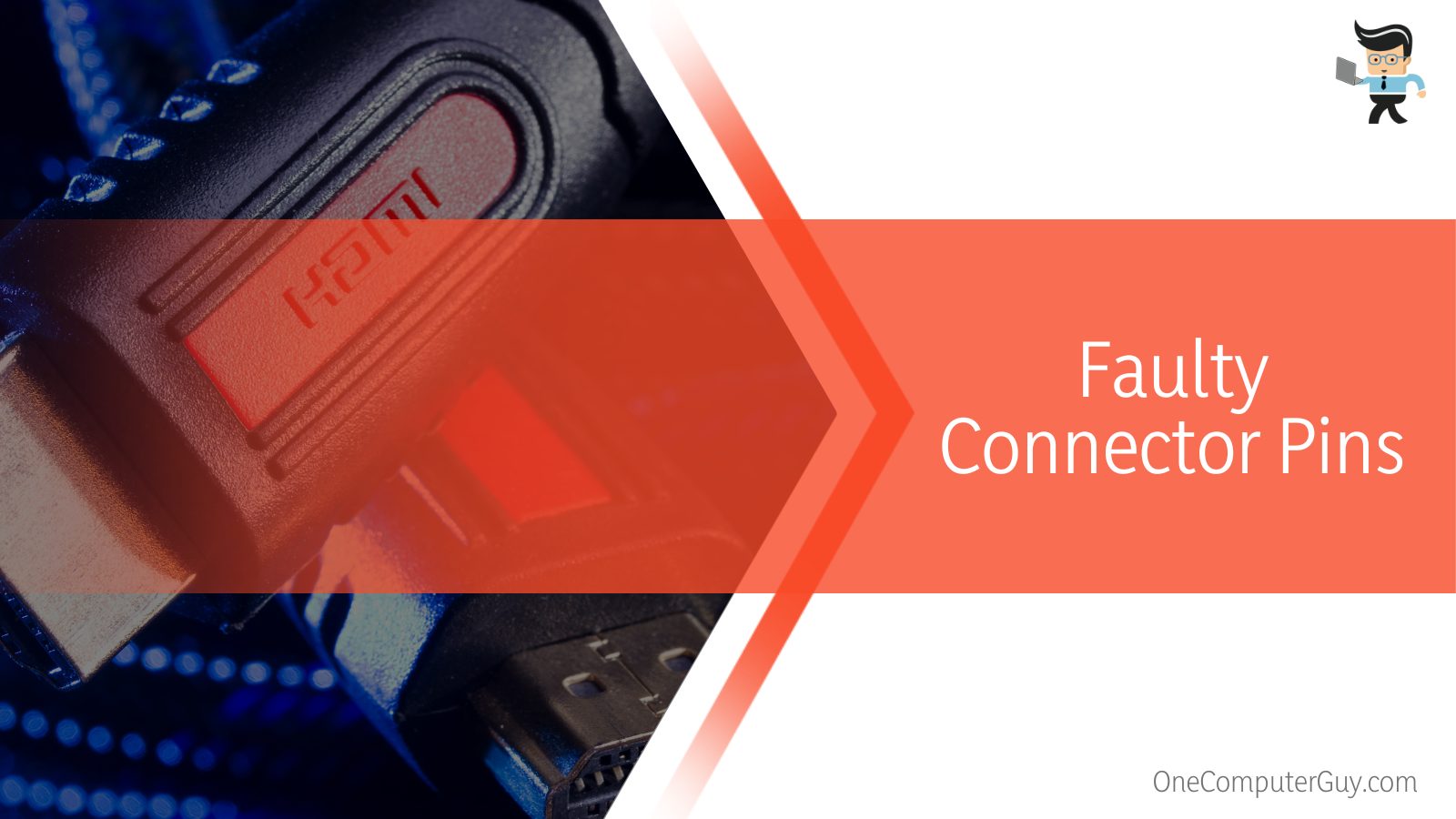
To make things worse, your cable could experience corrosion, especially if it’s a cheap one that has no gold-plated connector. Most connectors are plated with gold because gold is highly resistant to oxidation.
Also, if your connector ends up getting exposed to a caustic environment or agent, the gold can easily help fight off these agents, ensuring the safety of the connectors.
– Strong Cable Coiling
Coiling your cable in a strong, taut manner can easily damage the cable’s internals. If you try straightening out the cable and the visible kinks do not recede, then there’s a good chance your cable is already damaged and needs to be replaced.
These cables come in different shapes, cable length, and sizes now so you’re sure to find a cable that’s easy to store without extreme bends and coils. You can easily opt for a cable that has a telephone wire-like appearance so you can just fold it when you need to store it.
Other options include cables that work with the natural coiling pattern most electrical cords have, allowing you to store your HDMI as you would store an electrical wire. You’re only likely to experience problems when your HDMI cords are rolled or coiled in a way that goes against its natural curvatures.
What Are Some Symptoms of Faulty HDMI Cables?
Some symptoms of faulty HDMI cables include video and audio problems, physical damage, blurry and fuzzy images, bad screen resolution, complete or incessant sound loss, picture sparkling or shooting stars, and image dropping or disappearance. These are the most common and visible symptoms.
There are multiple factors that can help you decide whether or not your cable is going bad. Below are some of the signs you need to look out for when trying to figure out whether you have a damaged cable or not.
– Video and Audio Problems
The work of an HDMI is to transmit signals from one device to the other. These signals are generally designed to work and produce meaningful experiences or not work at all.
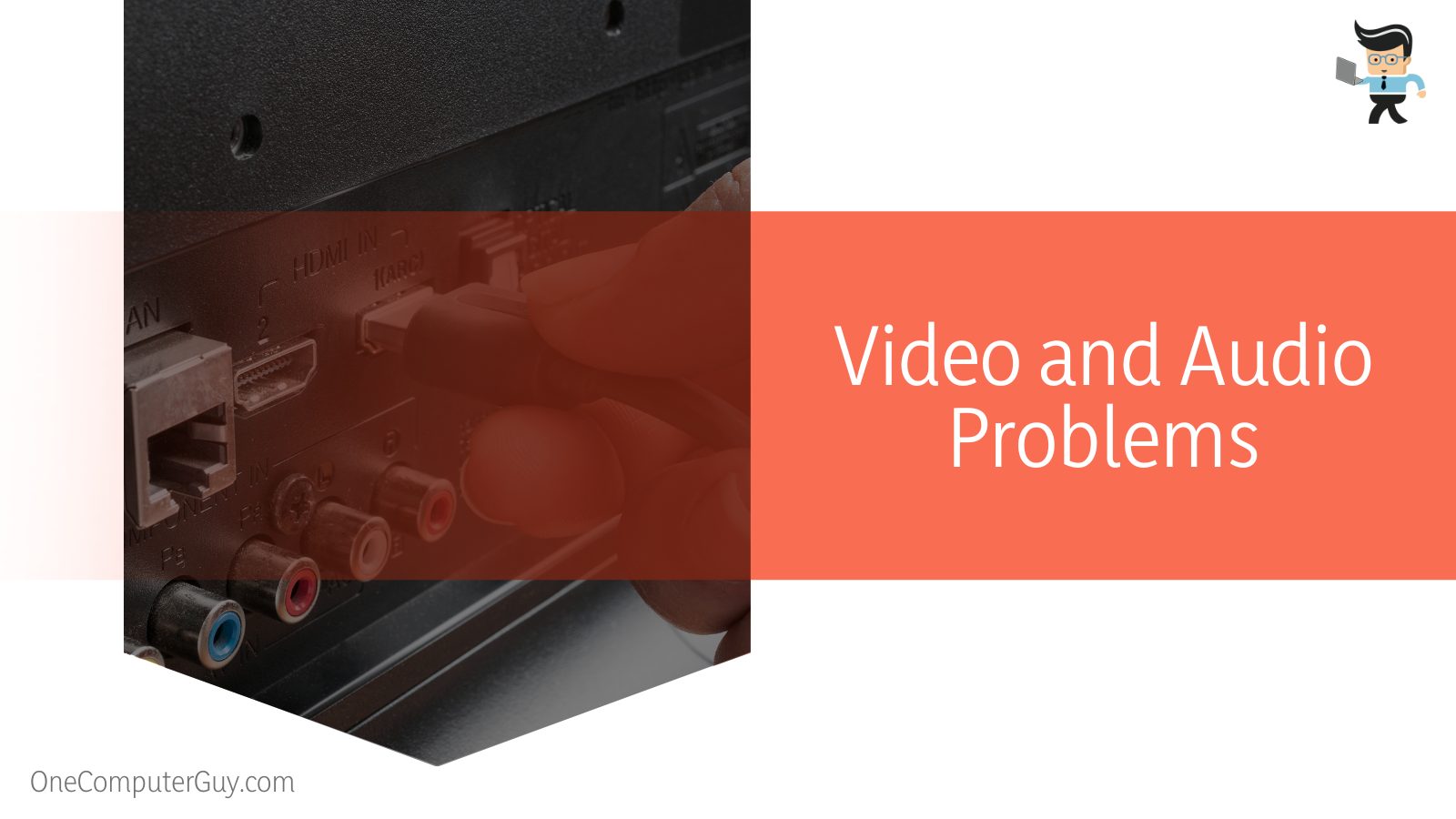
Nothing serves as an in-between, which means that you’re not expected to experience something like a video or audio degradation when using HDMI.
However, there are times when a distorted signal makes it through the connection, thereby resulting in low-quality, distorted, and sub-par audio and video performance. If you experience issues related to video and audio degradation while using your cable, there’s a chance you have a bad cable.
– Physical Damage
If you notice color changes on your HDMI cable, then there’s a chance that the cable has gone bad. Also, if your cable is extremely bent or twisted, so much so that the bend or twist cannot be corrected, then there’s a good chance your cable isn’t in the best condition.
– Blurry and Fuzzy Images
A bad HDMI cable is likely to present you with low picture quality that appears fuzzy or grainy. These images can go from having small white specks to being totally distorted.
You may also get faded, solarized, or overexposed images, and the colors on your screen may start looking like they have no saturation. If you notice any of these issues, your HDMI cable or connector is probably faulty.
– Bad Screen Resolution
Poor screen resolution is another telltale sign of a defective HDMI cable. If your images turn out blurry or they look smaller than they normally would, your HDMI may be the problem.
You can verify whether or not the cord is the problem by trying to change the display or hardware settings on your device. If after all alterations you’re still experiencing the same problem, then your cable might be the one at fault.
– Complete or Incessant Sound Loss
Thanks to their tiny insulated wires, HDMI cables are capable of delivering up to eight different sound channels.
When any of these wires get overstressed or damaged, the result you get is either no sound or intermittent sound loss. You’re likely to experience anything from total sound loss to muffles and fade in and fade-outs.
– Picture Sparkling or Shooting Stars
Another effect of a damaged HDMI cable is the appearance of dazzling specks or sparks on your screen. Many people confuse these distortions with mild interference. However, an HDMI problem could be the cause. These sparks tend to be white for the most part and they can appear or sound like white noise or shooting stars.
– Image Dropping or Disappearance
A defective HDMI can cause your visuals to shut off entirely to the point that you may not get any signal on your display at all. Unlike the signs mentioned above, this symptom is easier to diagnose as you can simply try a different cable to be sure whether or not your HDMI is the problem.

You can also experience a phenomenon where the screen goes black for a little while and then comes back on. This symptom can also be a result of a defective HDMI.
How Do You Diagnose a Bad HDMI Cable?
To diagnose a bad or faulty HDMI cable, you can intricately check out your HDMI cable, the HDMI port, or the HDMI hood to help you determine whether the cable has gone bad or simply doesn’t have the capability to offer the performance you’re looking for.
Here are some solutions you can utilize to determine whether or not you have a bad HDMI cable.
– Check That You Have the Right Cable
A cable with subpar performance levels can make it seem like you have a faulty cable. If the cable you purchase doesn’t have the same requirement as the video signal you’re trying to send or the port on your device, then you’re likely to experience a disparity. For instance, if you have a low-gauge cable, you cannot expect the cable to transmit excellent signals at increased lengths.
Also, while HDMI cables may be backward-compatible, there are still differences between each generation.
They all share the same connector pins but they transmit signals at different speeds and support different standards. For instance, HDMI 2.1 supports 4K at 120fps and 8K at 60fps.
HDMI 2.0, on the other hand, supports 8K at 30fps and 4K at 60fps. HDMI 2.1 also offers ultra high speed HDMI cables that offer up to 48Gbps in bandwidth when compared to its predecessor, HDMI 2.0.
While you may get an HDMI 2.1 cable to work with a device that has an HDMI 2.0 port, the speeds you’ll get won’t surpass what the device can handle, which is the specs of the HDMI 2.0. In this case, if your videos don’t render properly, it may be that the cable isn’t a bad one but the requirements for your device and cable don’t match each other.
– Check if You Have a Defective HDMI Port
Your cable may be in excellent condition while your device’s port may not. Therefore, you need to make sure that your ports are not the reason why you’re having a disconnection.
You can try connecting your HDMI to a different port on your TV, gaming console, projector, or any other source device you may have. If your cable works properly, then your device’s port is the problem and you will want to get it fixed asap.
– Check the HDMI Hood
Some cables come with plastic hoods that support the connector while others feature thick wires that may be too thick for your device’s port. You’re likely to have issues with cables like these if your HDMI ports are tightly knitted together.
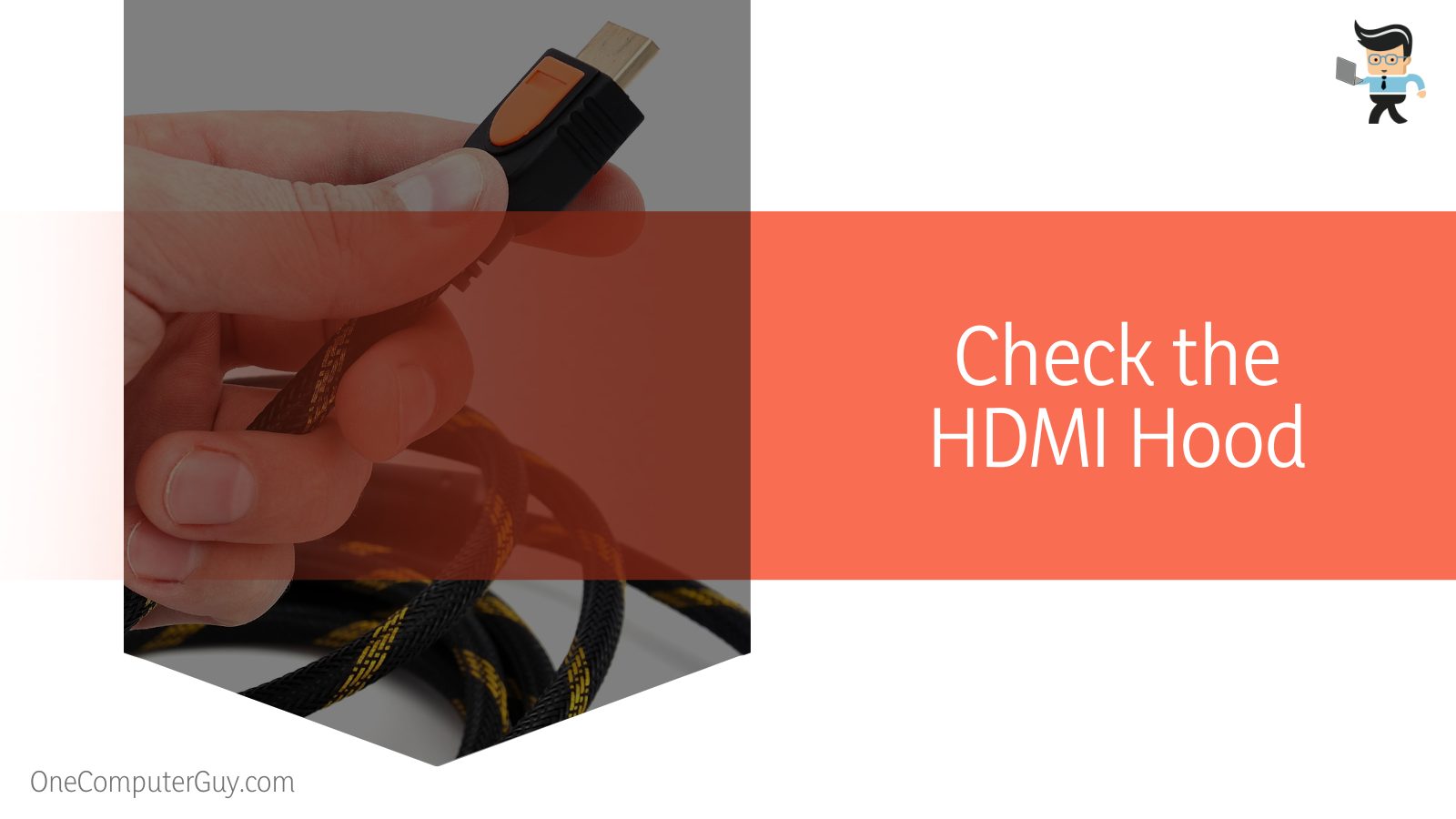
Connecting HDMI with protective hoods or thick wires to ports that are too closely placed to each other will result in partial or faulty connections, which can in turn cause you to think that your cables are bad.
What you want to do is disconnect cables that are close to the HDMI or utilize a cable that has a smaller and thinner port for easier connectivity.
Conclusion
From our discussion above, we’ve answered questions like can HDMI cables overheat, how to check HDMI cable working or not, talked about the symptoms of bad 4K HDMI cable and what to do if your HDMI cable stopped working.
Here are some quick pointers to remember when trying to determine whether your cable is damaged or not:
- Cables with low quality don’t have the same durability and longevity as those with high quality.
- Your HDMI standard is going to affect the bandwidth you get as well as the fps your device can display.
- A defective cable can have significant effects on your video, producing elements like flickering, grainy images, etc.
- You can experience total audio loss as well as fade in and fade-outs if you have a damaged cable.
- Make sure your HDMI cable has enough free space to connect properly to your device’s port.
When trying to diagnose the problem with your HDMI, make sure to focus on one problem at a time.
For instance, if you’re experiencing video and audio loss, you may have an HDMI port or cable issue; however, if your device is displaying a video but doesn’t produce sound, then the problem might not be related to your HDMI cable.

